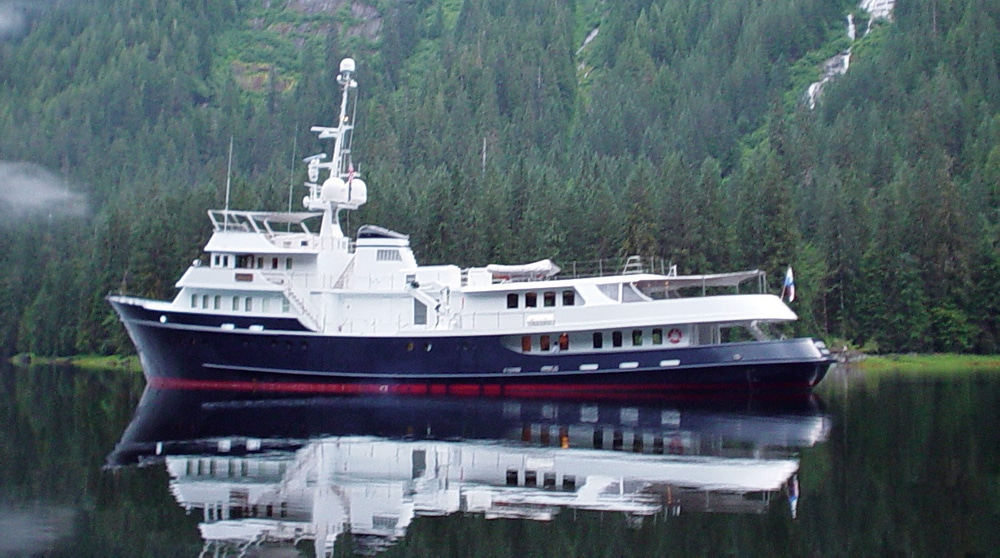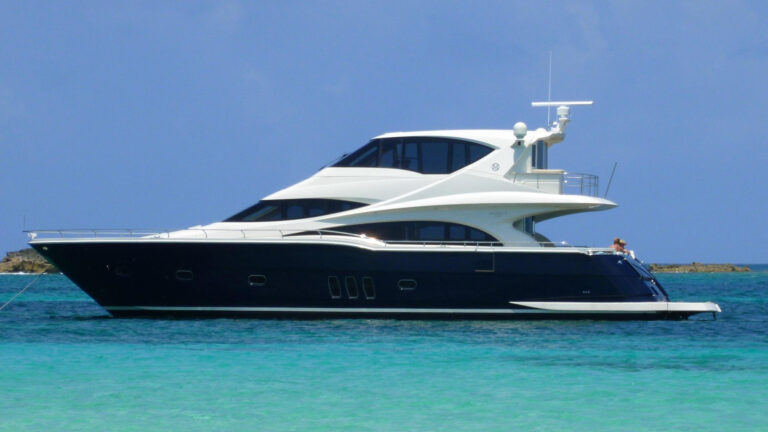
Converting Working Yachts
It seems like such a good idea—heck, I’ve even considered it myself—but converting a commercial working vessel into a yacht is fraught with innumerable opportunities for disaster. Many such attempts are undertaken, but most are abandoned after running short of money or patience, or both. Even if you follow through to launch and christening, you’re likely to end up with something that looks more like what it is—an old workboat—than a proper yacht. It’s too often a case of putting lipstick on a manatee, but there are exceptions.
In carrying out such a conversion, the first step is finding a suitable vessel. Boats in acceptable condition are usually too expensive, and affordable boats have been worked to within an inch of their lives. Avoid such craft and look instead for opportunities related to the economy or to the laws of supply and demand.
When the offshore oil industry took a serious extended hit in the mid-1980s, you could buy a surplus 100-foot crew boat in good condition, with four Detroit Diesel 12V71TI engines, for less than $100,000. That was 25 years ago, though, and there have been few if any similar situations since then. The recent recession offered opportunities, but yacht prices were hit as hard as working boats, so simply buying a yacht in reasonable condition was the better choice.
Let’s assume you find an acceptable boat at a good price. Chances are you’re going to spend a bundle removing the working gear and spartan interior and prepping it for renovation. That prep work can entail a lot of unexpected obstacles, including hidden damage or deferred maintenance. Worse, environmental mitigation can become a concern. Old boats sometimes carry a lot of lead paint and other chemicals that can add to your costs when you have to remove and dispose of them, and asbestos insulation was once commonplace on commercial vessels.
And then there are the four most expensive words in the universe: “While we’re at it….”
“While we’re at it, let’s rebuild the engines.” “While we’re at it, let’s add a cockpit.” “While we’re at it, let’s install zero-speed stabilizers, another generator, a bow thruster, a tender garage, bigger davits, teak decks….” You get the idea. Such add-ons can boost the cost past the point of starting from scratch and building a new yacht.
I can envision only two scenarios where I’d consider undertaking a conversion, and one isn’t really a conversion. The first is when the owner-tobe is an aficionado of a certain vessel type. I grew up with Chesapeake deadrise boats, and I love the narrow hull that runs so easily and comfortably in the shallow waters and light chop prevalent in that area. I’ve seen a couple of superb conversions, done so well that I searched earnestly for a project boat myself, but as noted previously, the good boats were costly and the affordable ones were unseaworthy. I also realized that the boat would not be suitable for many areas outside the Chesapeake. This would limit its usefulness and appeal if I tired of it, and the whole thing might end up as little more than an expensive labor of love.
The second scenario involves what is essentially a new-build project, starting with a workboat hull and deck built specifically for you, but finishing it out as a yacht. Again, you have to love the type you’re considering if going this route. You won’t save much, if anything, over a standard custom build, but if done right, you’ll end up with a Bristol yacht exactly to your liking.
If your heart is in such a project, go for it, but do it knowing it’s a route to a dream, not a way to save money. Do it right, so you and your family will be safe and comfortable, and so your chances of recovering at least a portion of your initial investment are better when resale time rolls around.









